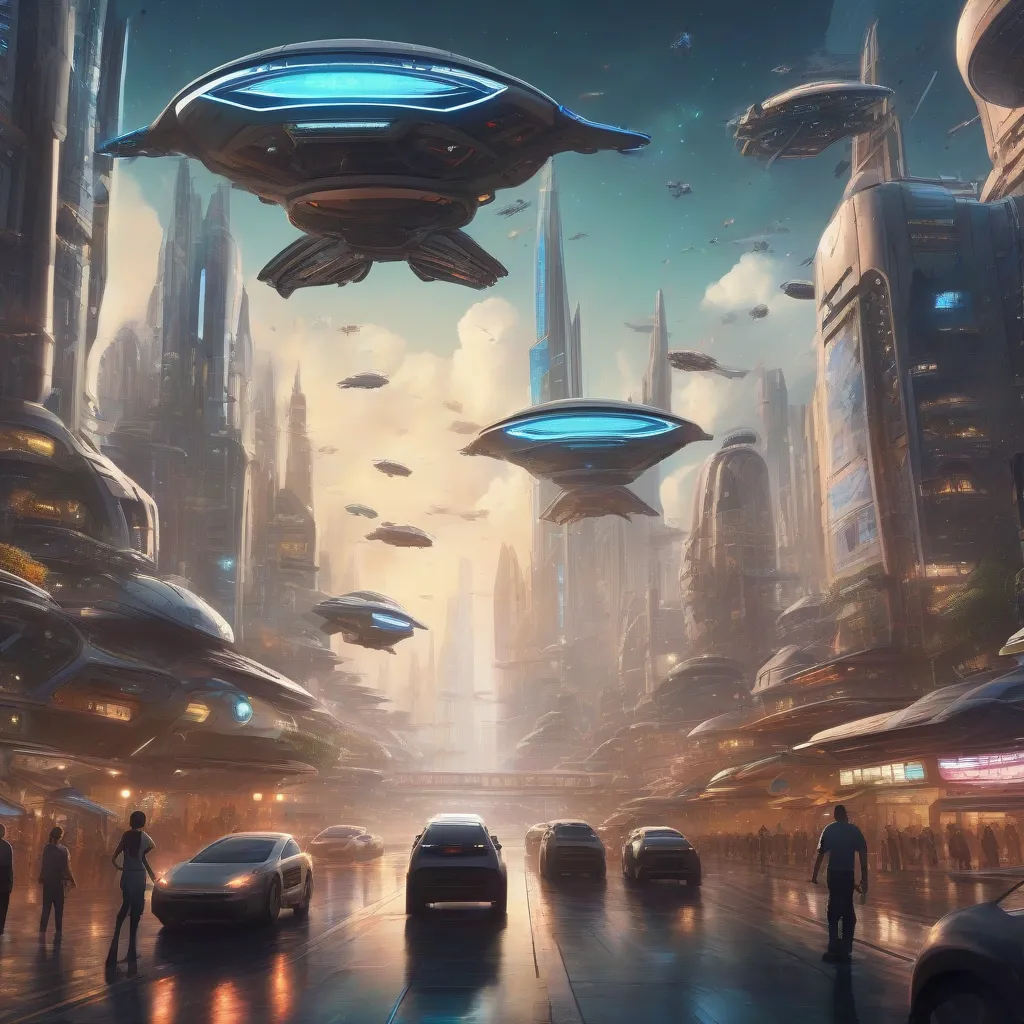Have you ever gazed upon the stars, mesmerized by the sheer vastness of the universe, and wondered, “Is there someone out there?” This primal yearning to explore beyond the familiar is what fuels our fascination with intergalactic travel. But is venturing beyond our solar system a mere fantasy or a possibility waiting to be unlocked?
The Immensity of the Challenge: Distances that Defy Imagination
Let’s face it – the cosmos is incredibly vast. The distances between stars are so colossal that even light, the fastest thing we know of, takes years to traverse them. For instance, the nearest star system to ours, Alpha Centauri, is a whopping 4.37 light-years away! To put that into perspective, traveling at the speed of light, it would still take us over four years to reach our closest stellar neighbor.
 Spaceship Traveling to Alpha Centauri
Spaceship Traveling to Alpha Centauri
Current technology, unfortunately, is nowhere near the speed of light. Our fastest spacecraft, the Parker Solar Probe, can only reach a fraction of that speed. To bridge these astronomical gaps, we’d need revolutionary propulsion systems, perhaps harnessing the theoretical power of warp drives or wormholes, concepts currently confined to the realm of science fiction.
The Hurdles: More Than Just a Sunday Drive
The challenges of intergalactic travel go beyond just speed. Here are some obstacles we’d need to overcome:
1. Time Dilation: The Curious Case of Time Travel
According to Einstein’s theory of relativity, time is not absolute but relative to the observer’s speed. The faster you travel, the slower time passes for you compared to someone standing still. This phenomenon, known as time dilation, poses a significant problem. If we were to embark on an intergalactic journey at near-light speed, decades or even centuries could pass on Earth while it might feel like a few years for the travelers. Imagine returning from your cosmic adventure to find that everyone you knew is long gone!
2. The Energy Conundrum: Fueling the Impossible
Propelling a spacecraft across such vast distances would require an unimaginable amount of energy. Current rocket technology relies on chemical propulsion, which is incredibly inefficient for interstellar travel. We’d need to explore alternative sources of energy, such as nuclear fusion or even harnessing the energy of hypothetical objects like black holes.
3. The Unknown: Hazards of the Cosmic Ocean
Space is not a friendly place. It’s a harsh environment filled with cosmic radiation, micrometeoroids, and extreme temperatures. Shielding spacecraft and its occupants from these dangers would be crucial for survival.
The Glimmer of Hope: Technological Leaps and Dreams Unfolding
While the obstacles seem insurmountable, the human spirit thrives on challenges. Scientists and engineers around the world are working on innovative concepts:
- Antimatter Propulsion: Antimatter, when it comes into contact with normal matter, releases tremendous energy. Harnessing this power could potentially provide the necessary thrust for interstellar travel.
- Solar Sails: Imagine a giant, ultra-thin sail propelled by the pressure exerted by sunlight. While slow to accelerate, solar sails could eventually reach incredible speeds, making them a potential option for interstellar voyages.
 Futuristic City with Spaceships in the Background
Futuristic City with Spaceships in the Background
The Road Ahead: A Journey Worth Taking
Is Intergalactic Travel Possible? Today, the answer remains shrouded in uncertainty. However, history has taught us that what seems impossible in one era can become reality in the next. Just as we once believed the Earth was flat, our understanding of the cosmos continues to evolve. Perhaps, someday, our descendants will gaze upon the Milky Way not as a distant, unattainable dream, but as a stepping stone on their journey through the stars.
At TRAVELCAR.edu.vn, we encourage you to explore the world around you, from the majestic peaks of the Himalayas to the vibrant underwater cities of the Great Barrier Reef. For who knows, perhaps by embracing the spirit of exploration today, we are paving the way for humanity’s intergalactic future.

